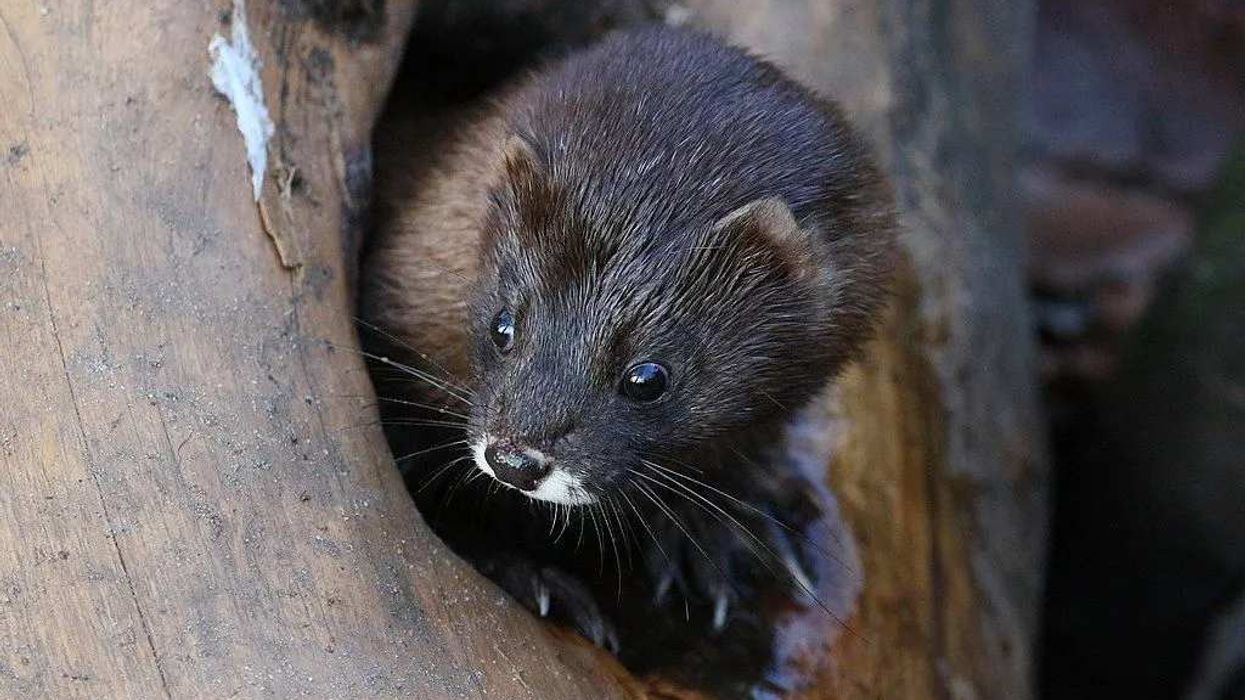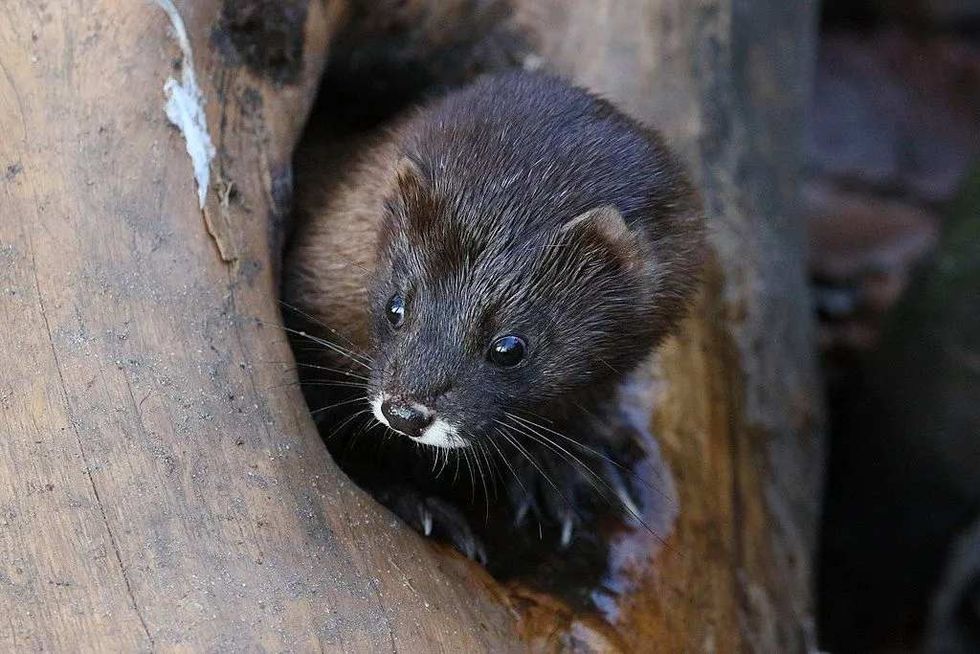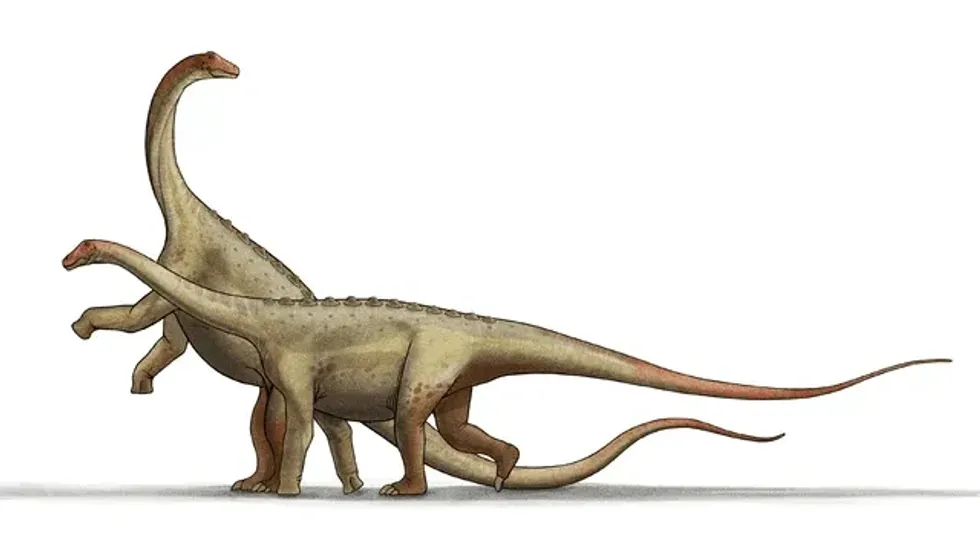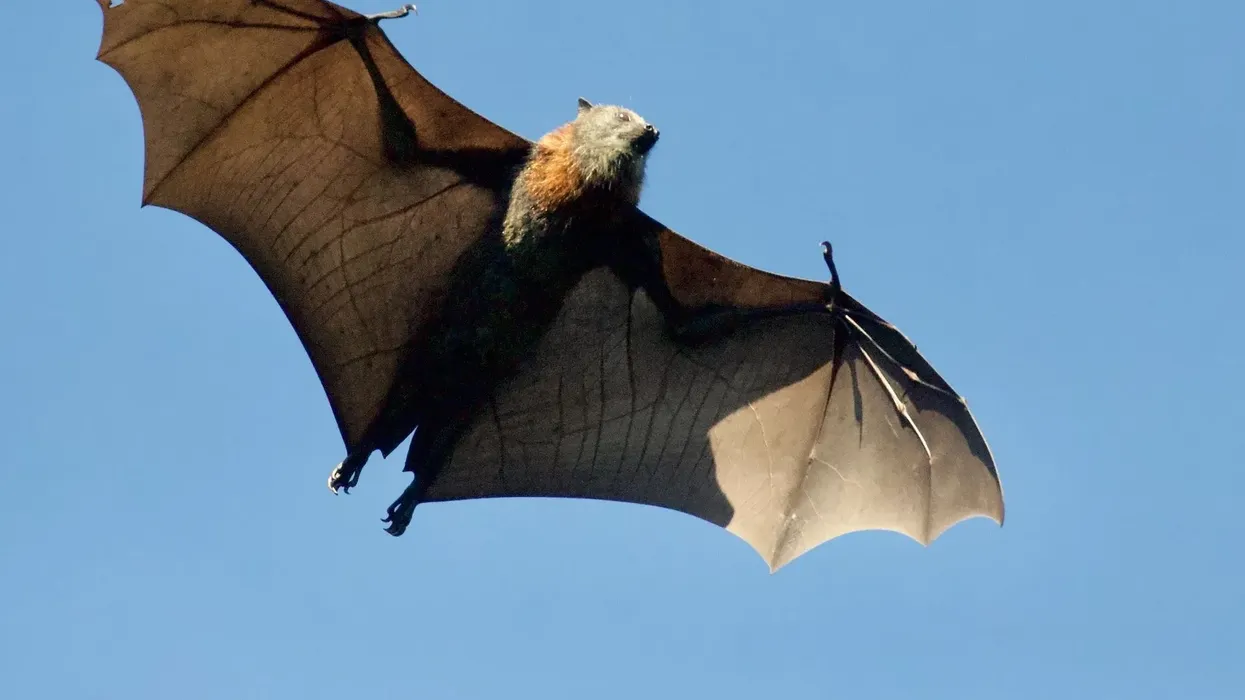The European mink, Mustela lutreola, is a semiaquatic species native to Europe (Spain, France, Estonia, UK) and Asia. It belongs to the genus Mustela along with other animals such as otters, ferrets, and weasels.
It also resembles the European polecat, ferrets, and the Siberian weasel. They are found mostly in Russia and northern Spain with smaller populations being spread all over Europe. The American mink, Neovison vison, and the European mink, Mustela lutreola, are two species that are similar but constantly competing.
European minks live near forest streams. They are carnivores with a carnivorous diet of riparian animals like frogs, fish, voles, insects, and crustaceans.
They have been listed as Critically Endangered by the IUCN and their conservation is a big problem for the Europeans to handle. Today their populations are below 20% of their former range, and they are nearly extinct.
You may also check out mink facts and American mink facts from Kidadl.
European Mink Interesting Facts
What type of animal is a European mink?
The European mink, Mustela lutreola is a kind of mustelid.
What class of animal does a European mink belong to?
The European mink, Mustela lutreola is a mammal, belonging to class Mammalia.
How many European mink are there in the world?
There are estimates which suggest that fewer than 30,000 European minks exist in the world right now.
Where does a European mink live?
The European mink prefers to live in forested areas that are close to water.
They are found in all of Europe (mostly in Russia). Apart from Russia, another major chunk of its population is found in France and Northern Spain.
What is a European mink's habitat?
The European mink is a ferret-like, semi-aquatic creature. It splits its time to live on water and on land. Hence, it has to live in areas near water. But, it just can’t live near any water body. It only lives near freshwaters, along the lakes, marshes, rivers, and streams. They are not found near saline water habitats and coastlines.
They prefer forested areas with nearby streams, ponds, and lakes. A good mink habitat also has some sort of brushy or rocky cover nearby.
They dig their own burrows for themselves. They also inhabit an evacuated burrow made by a water vole. The European mink is also found to live in crevices among tree roots.
Who do European mink live with?
The European mink generally prefers to live alone. Its only groups with others throughout the breeding and mating season.
How long does a European mink live?
The European mink may live from about 8-10 years.
How do they reproduce?
The European mink mating season is throughout February and March. The female European mink’s genitals grow in size and get a pinkish color. She is polyestrous and attains maturity in a year. Copulation lasts for 10-15 minutes and the gestation period is two to three months.
The average litter size is between two and seven baby minks. The young minks become capable after four weeks. These young minks are weaned at 10 weeks.
What is their conservation status?
The European mink, Mustela lutreola is classified as Critically Endangered by the IUCN Red List. It is one of the most threatened species to be found in Europe.
European mink populations are currently on steep decline towards extinction, due to various commercial and ecological factors. The primary commercial reason for their decline is their commercial hunting for fur. The primary ecological factor resulting in their decline is the pollution of water and the hydroelectric projects.
As we know, the European mink is very dependent on freshwater forest habitats, so the drainage of small rivers has led to its decline. Extensive agricultural development is another reason for their near-extinct status.
They are in an ecological competition with their distant relatives, the non-native American mink. The European mink has suffered years and years of consistent habitat loss and rampant hunting. The habitat loss and disappearance of the European mink, Mustela lutreola after the introduction of the American mink, Neovison vison, has been consistently steep.
They are conserved and preserved at Tallinn Zoo, in an effort to reintroduce them in the Baltic Sea regions. European Endangered Species Program (EEP) also monitors the European minks of Ranua Wildlife Park.
In Estonia, on the island of Hiiumaa, the European mink captive-bred populations have been re-established with great success. On the lines of the Hiiumaa islands, the process is planned to be repeated on the nearby island of Saaremaa.
European Mink Fun Facts
What do European mink look like?

The European mink is a mid-size mustelid with a lean body, short legs, and tail that looks like a ferret. They are a semi-aquatic species with water repellant underskins for winters. They have dark brown fur and light brown underfur.
The M.lutreola variety has white lips and chin. Some European minks have spotted throats, chest, and abdomen. Male minks are slightly bigger than females.
How cute are they?
European minks, like ferrets, are very cute furry animals.
How do they communicate?
The European mink uses touch, smells, and chemicals to communicate and search for others.
How big is a European mink?
European minks measure between 14.5-16.9 in (37-43 cm) in length, and weigh in the range of 1.1-1.7 lb (500-800 g). They are about half the size of a Eurasian otter.
How fast can a European mink run?
The European Mink runs at speeds of 3.7 mph (6 kph).
How much does a European mink weigh?
The European mink weighs 1.1-1.7 lb (500-800 g).
What are the male and female names of the species?
The males are simply called minks while the females can be called sows.
What would you call a baby European mink?
A baby European mink is called a kit.
What do they eat?
The European mink diet includes fishes, frogs, voles, and crustaceans. Crayfish and small mammals are also a part of its food.
How active are they?
The European mink is inactive throughout the day. It gets active during the night and searches for food.
Would they make a good pet?
No, they are forbidden to be sold and are a nightmare to care for.
Did you know...
The European Mink has an oily, water-repellent body and is an excellent swimmer. It can swim 2 ft (60.9 cm) in length in a second. European mink habits are that of a loner and they are nocturnal. Due to its decline below 20% of its former range, there are only 30000 European minks left.
Are there any minks in the UK?
European Minks never existed in the UK. American minks were brought to the UK in 1930. There are about 100,000 American minks in the UK.
Why is the European mink endangered?
The European mink is endangered due to various reasons.
Habitat loss is considered to be the main reason for their decline. About 90% of the European mink species in the wild has disappeared in the past 150 years. The drainage of small rivers is a reason for their decline. Agricultural development has also led to problems for their habitat selection.
Overhunting is another issue that constantly troubles the European mink numbers. Russia has been notorious for hunting down wild European minks in large numbers. The hunting of minks was once banned in Russia in an attempt to stabilize the declining numbers.
The decline of crayfish has been seen as a strong linkage associated with the decline of European minks. In areas where crayfish have declined, the decline of minks has followed.
The introduction of the American mink in the 1920s-30s has been attributed to be the major reason for the decline in numbers of European minks. The American mink has less dependency on wetlands and is 20-40% larger in size as compared to them.
The American Minks reproduce one month before the Europeans, hence, they have started mating with the female European minks. Thus, the embryos get reabsorbed.
Hence, it has become tough for a pure European mink to be born. The diseases spread by the American Mink in the wild have also resulted in survival issues for European minks.
Here at Kidadl, we have carefully created lots of interesting family-friendly animal facts for everyone to discover! Learn more about some other mammals from our Javan leopard facts and white-faced capuchin facts pages.
You can even occupy yourself at home by coloring in one of our free printable European mink coloring pages.









